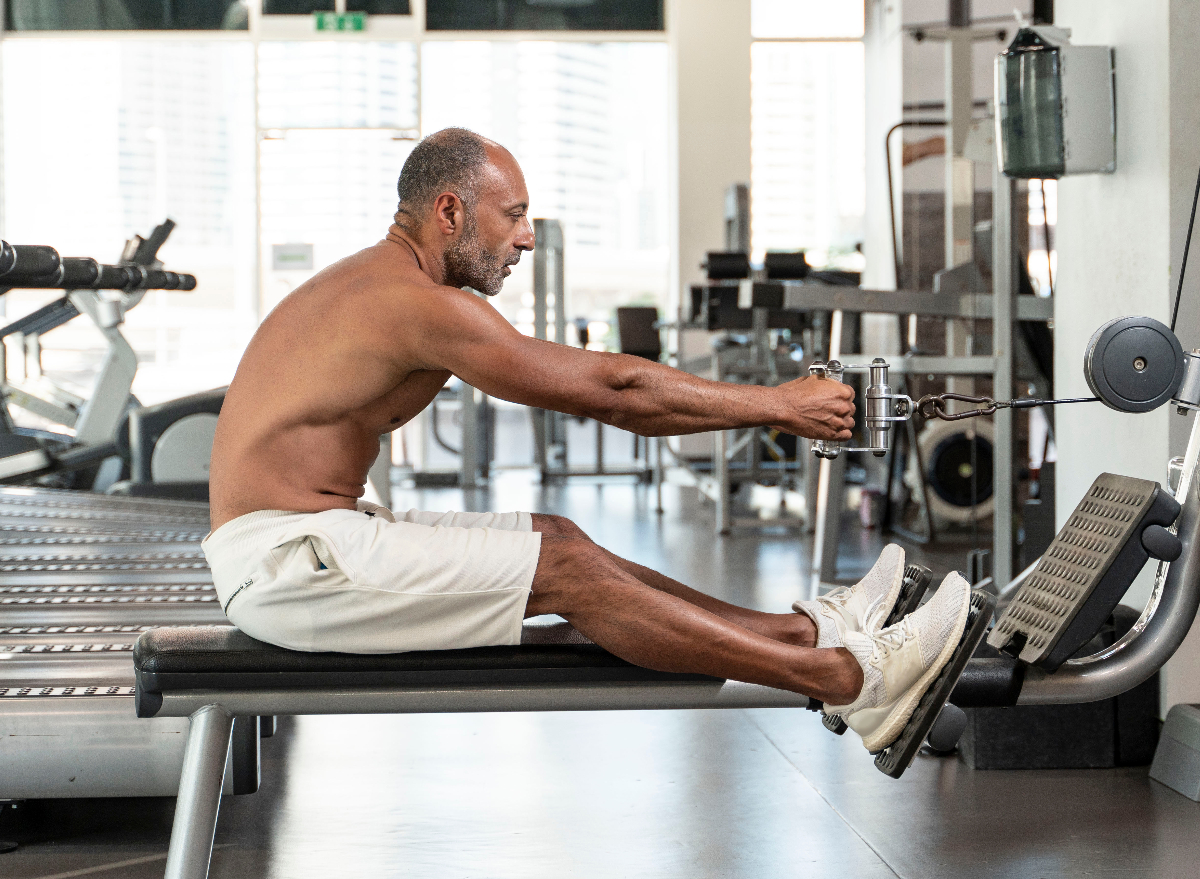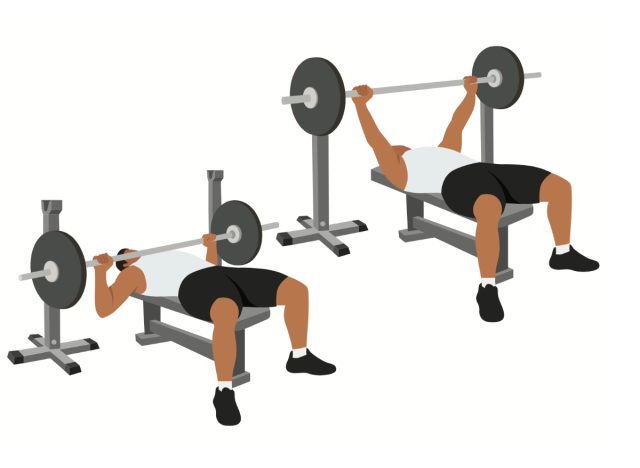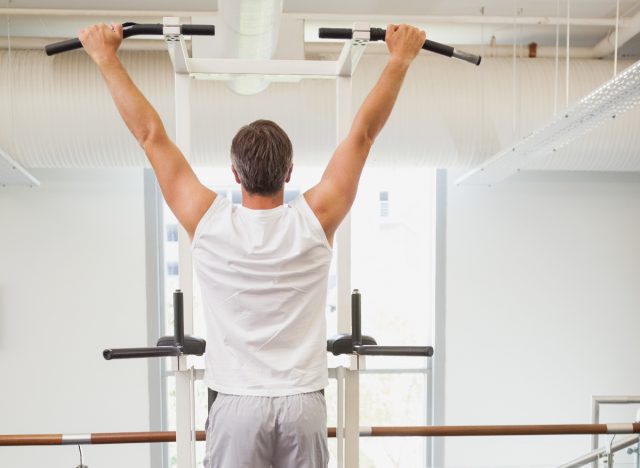6 Compound Exercises for Your Upper Body You Can’t Skip as You Age

There are some things you really can’t afford to skip as you grow older. For instance, one of the most crucial habits to keep up with is performing upper-body compound exercises. We spoke with Mike Bohl, MD, MPH, ALM, a member of our Medical Expert Board and a certified personal trainer and nutrition coach who has helped develop the Body Program at Ro. Dr. Bohl clues us in on the six exercises you shouldn’t leave out of your workout routine.
If you’re not already incorporating compound movements into your routine, it’s time to change that. Compound exercises activate more than one muscle group simultaneously. They also torch a greater number of calories, enhance how efficiently you move, and boost your coordination, ACE Fitness explains. After all, you are training your body to perform more intricate movements when compared to isolation exercises.
“This more naturally reflects how the body moves in real life, since normal activity isn’t typically limited to just moving a single muscle in a repetitive motion,” Dr. Bohl tells us. “A lot of the most popular gym exercises are compound exercises, and doing them as you get older can help maintain and increase muscle mass and keep you strong and coordinated.”
Keep reading to learn six of Dr. Bohl’s top-recommended compound exercises for your upper body to perform at the gym. And next, don’t miss the 7 Top-Recommended Compound Exercises To Melt Belly Fat.
Pushups
“Pushups primarily work your chest and triceps, but they also target other muscles in the shoulders, core, and throughout the body. Pushups are also easy to do anywhere since they don’t require any equipment,” Dr. Bohl says.
In order to set up for pushups, place your hands a bit outside shoulder-width distance apart and your feet hip-width distance apart. Keep your hips aligned with your shoulders. Make sure your lower back doesn’t sag; it should form a “neutral curve,” the NASM explains. Keep your core activated and your glutes squeezed as you descend toward the floor. Then, press yourself back up to the starting position.
Bench Presses

“The bench press works many of the same muscles as pushups (primarily the chest and triceps) but is a little more targeted as it’s an open-chain exercise (you exert force against a moveable object—the bar) and not a closed-chain exercise (you exert force against a stationary object—the floor),” Dr. Bohl tells us.
You should opt for a low weight if it’s your first time performing bench presses—especially if you’re not working with a spotter. To set up, lie down on your back on a workout bench. The barbell should be just above your heart’s center. Once your knees are bent and your feet are pressed into the ground, you’re ready to go.
Using an overhand grip, grab onto the barbell. Your hands should be placed just outside the distance of your shoulder span. Push your shoulders into the bench as you take the bar off of its holder. Press the weight up as you fully extend your arms. Then, inhale as you gradually bring the bar down toward your chest. Exhale, and push the barbell back up.
Dips
“Dips are done by using your arms on two bars to lower and raise your body. They target your triceps and parts of your shoulders and chest,” Dr. Bohl explains.
To perform dips, grab onto the parallel bars, and make sure both arms are straight, Stack instructs. Form a 45-degree angle as you hinge forward. Keep your legs vertical and your shoulders pressed down. Gradually bend at your elbows to descend into a “dip.” Keep going until your upper arms become parallel to the floor. Then, press yourself back up to the position you started in.
Overhead Presses
According to Dr. Bohl, “The overhead press involves pushing weights straight up over your head. It targets the shoulders and triceps.”
To set up, make sure the barbell is essentially chest-height on the rack, BarBend explains. Your hands should be placed on the bar, just outside shoulder-width. Next, unrack the barbell. Step away from the rack, and plant your feet the distance of your shoulder span. Activate your core, and tuck your chin. Press the barbell up above your head; once you reach the top, the bar should be aligned with the middle of your foot. Then, use control to lower it back down.
Pull-ups

This exercise works your biceps and many muscles in your back. If you’re a beginner, pull-ups may be challenging, so only doing a few is a solid place to start.
“Chin-ups (which are similar to pull-ups except your hands grip the bar the opposite way) are also a great compound exercise for the upper body and can be easier for beginners,” Dr. Bohl adds.
To begin, take hold of the pull-up bar, palms facing down, Strong Lifts instructs. Hang onto the bar with your arms fully extended and your feet off the ground. Then, pull your body upward by bringing your elbows down toward the ground. Your chin should go above the bar before lowering back down.
Rows
Last but not least, we’ll wrap up with rows. There’s a wide variety of variations when it comes to this exercise, depending on the type of equipment you’re working with. For instance, you can use cables, a machine, or free weights. “They also differ based on your grip and the angle at which you pull back your arms,” Dr. Bohl adds.
For instance, if you’re doing a single-arm dumbbell row, you’ll position one knee and arm on a workout bench, and, with your other hand, row the dumbbell up toward your torso before lowering it back down. Or maybe the seated cable row is more your speed.
Whatever variation you do, though, expect to work your upper-back muscles and your biceps.









